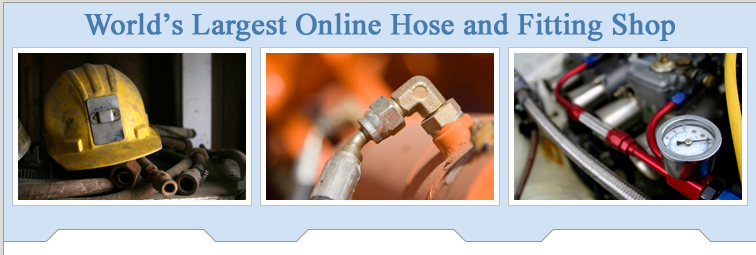
How We Can Help You!
September 4, 2016
It has hit me that many of our customer may not know all the services we offer. So…
By webadmin

Our hydraulic testing beast
August 14, 2016
Say hello to our “beast”! Okay so it isn’t exactly a beast BUT it is a huge bench…
hydraulic fittings, hydraulic hoses, hydraulic pumps, hydraulic repairs, hydraulics
By webadmin

The Best Time for a Maintenance and Reliability Audit
July 24, 2016
The BEST time to carry out a maintenance and reliability audit on a piece of hydraulic equipment is BEFORE you…
hydraulic repairs, Hydraulic system, hydraulics
By webadmin

Part 2 Of Hydraulic Troubleshooting Guide 101
July 10, 2016
Here’s part 2 of our 3 part series on hydraulic trouble shooting 101. a STEP 3 – Pump…
By webadmin

